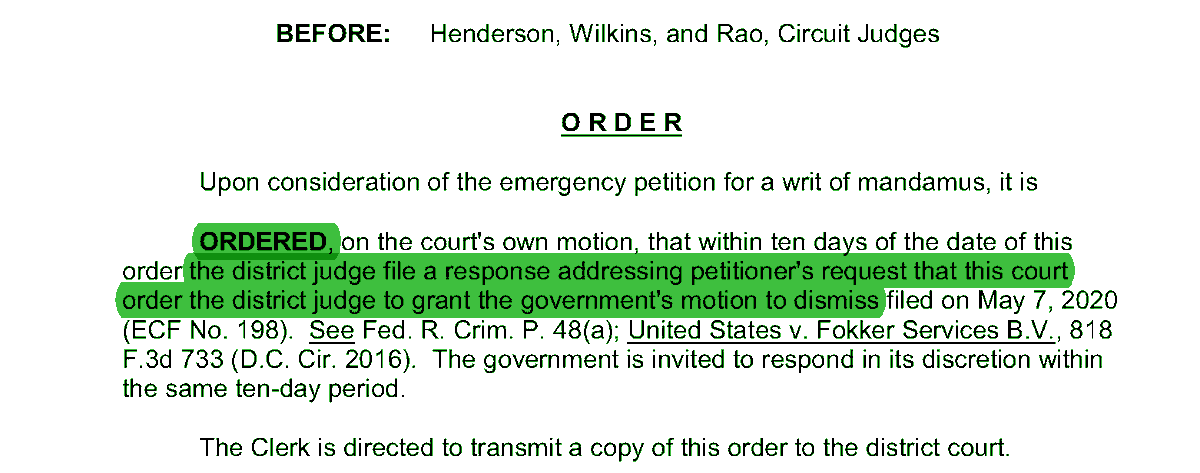
The self proclaimed Appellate Practitioner and Founder and Member of Reeves Law LLC released a series of tweets this week that show the actions of the court in the General Flynn case are not mild reactions to attorney Sidney Powell’s recent request.
John M. Reeves shared the following 23 tweet thread on Twitter concerning General Flynn’s case in the Washington DC Circuit Court:
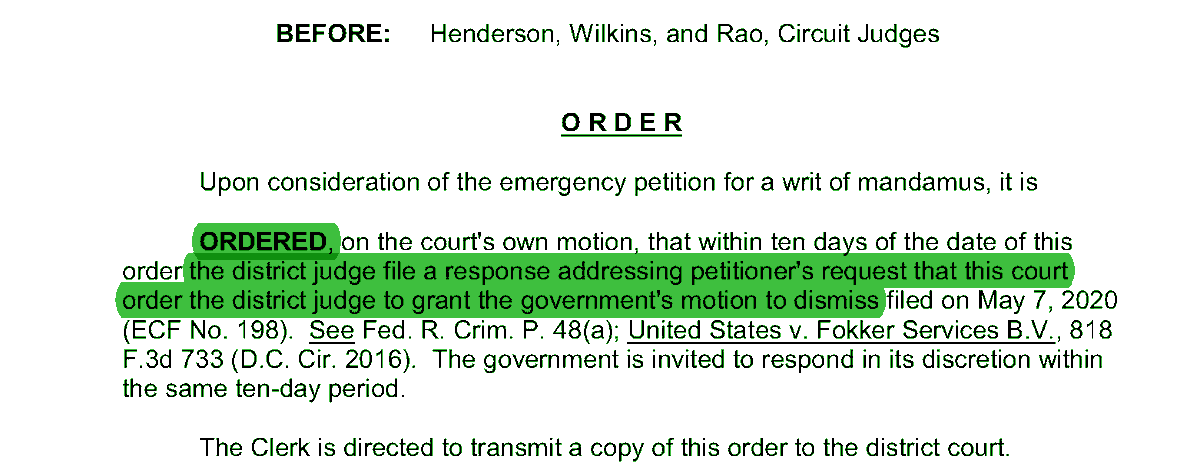













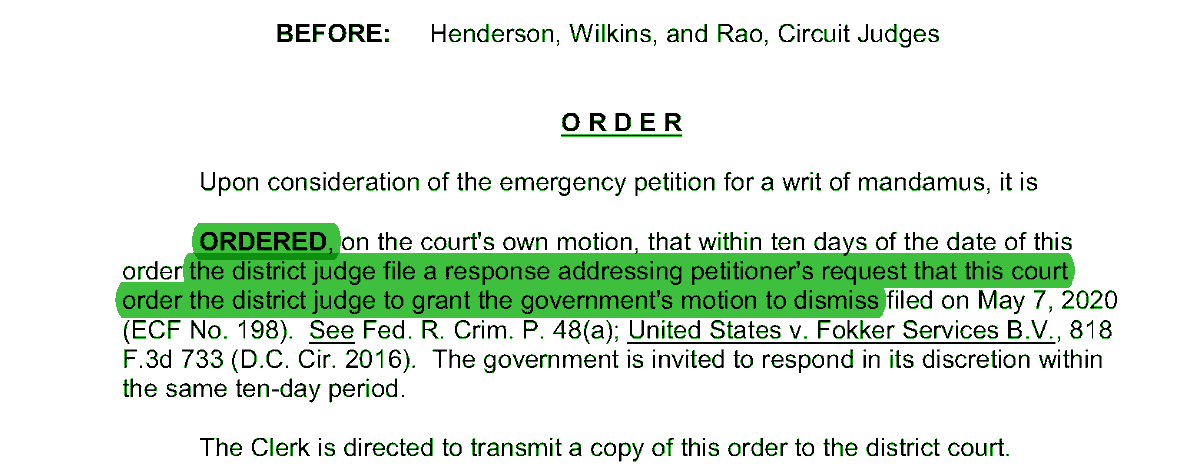
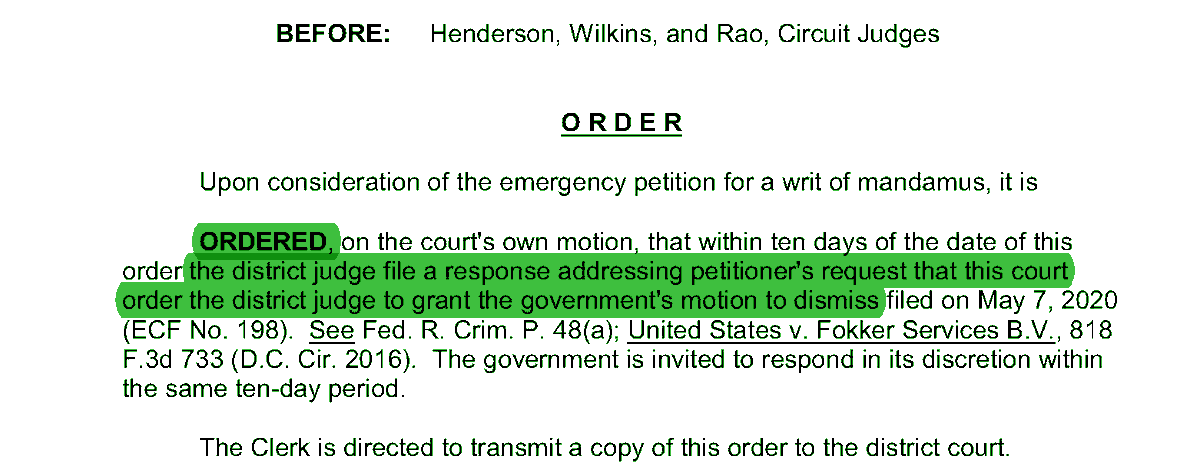
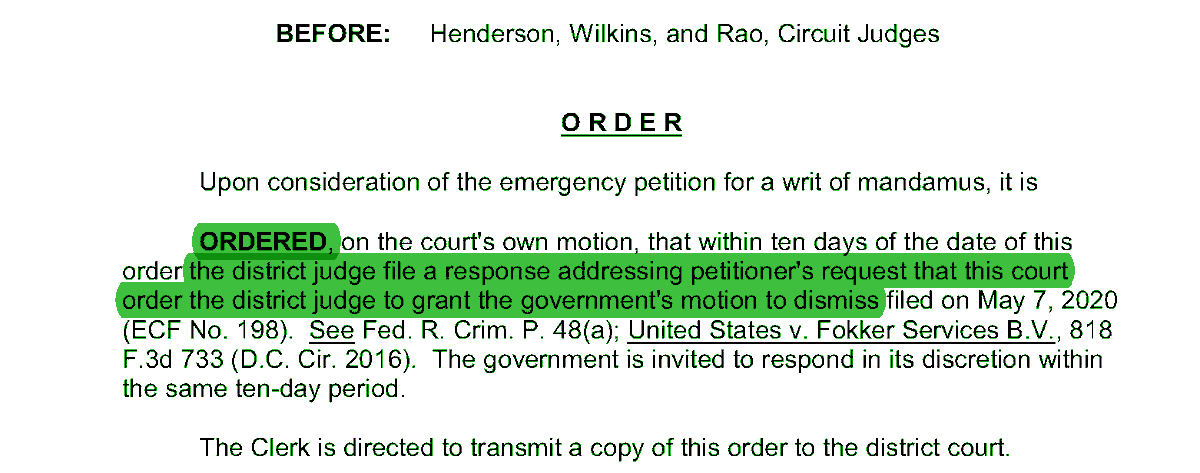
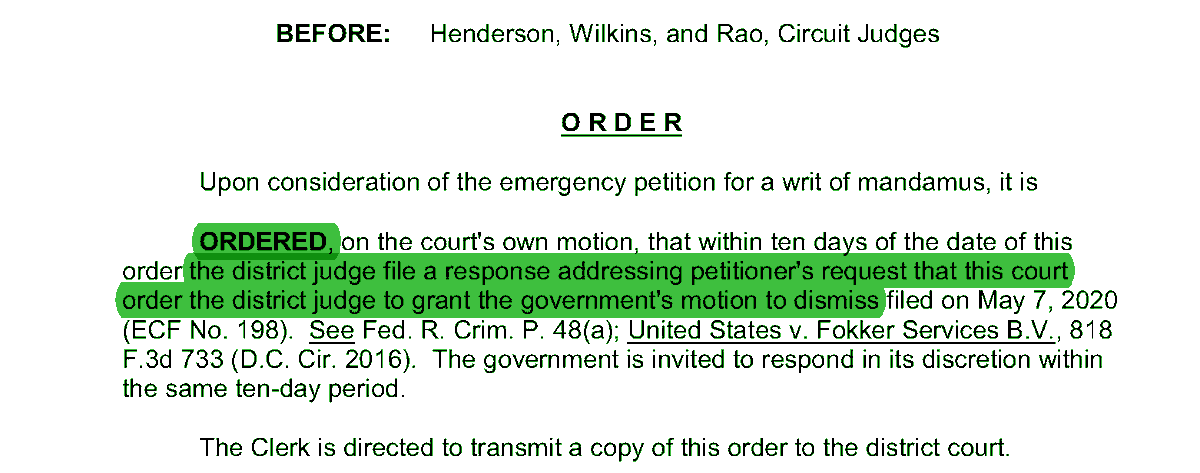
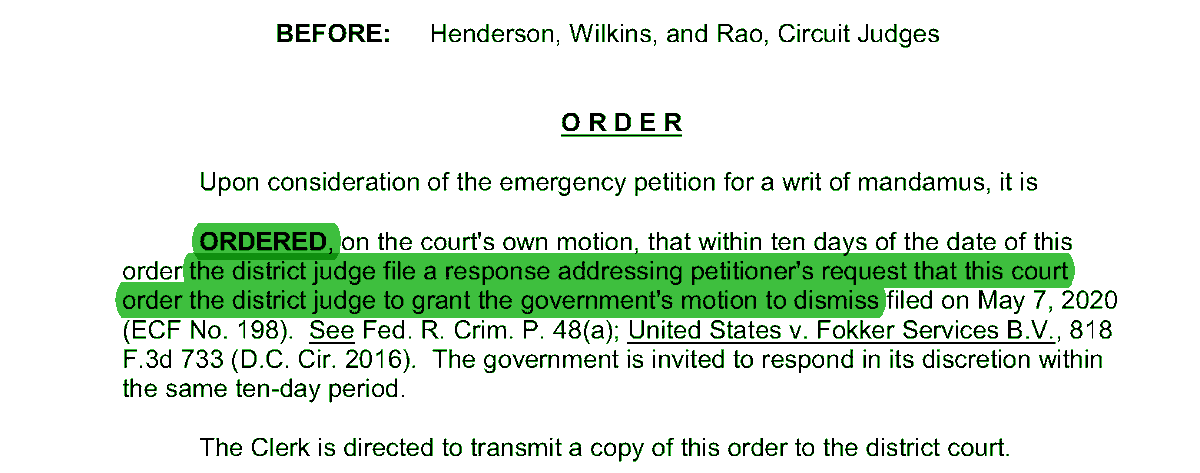
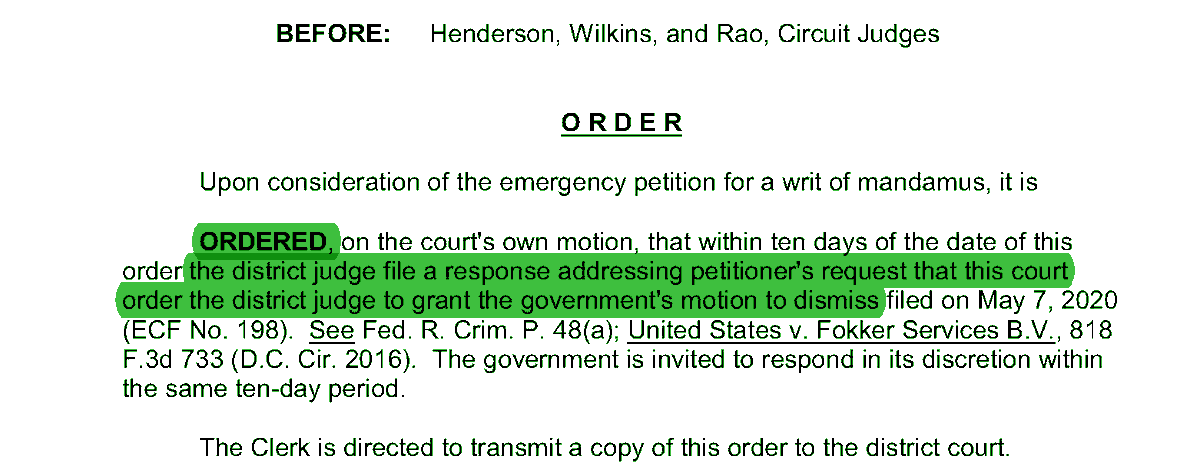
(Here is the thread from the thread reader)
In summary, General Flynn, his family, his attorneys and all of America, have reason to rejoice today as the actions of the DC court are the most extreme, rare and drastic measures they could have taken with Judge Sullivan in the Flynn case. The judge is ordered to respond to the Circuit Court personally and in 10 days why he took the actions he took.
Things are finally looking up for General Flynn.
But why would Obama go to such extremes to get General Flynn in the first place? There must be some really bad actions that need covered up.
The post GOOD NEWS: Legal Analysis Shows the DC Circuit Court Took the Most Extreme, Rare and Drastic Measures Possible Against Rogue Judge Sullivan in General Flynn’s Case appeared first on The Gateway Pundit.

